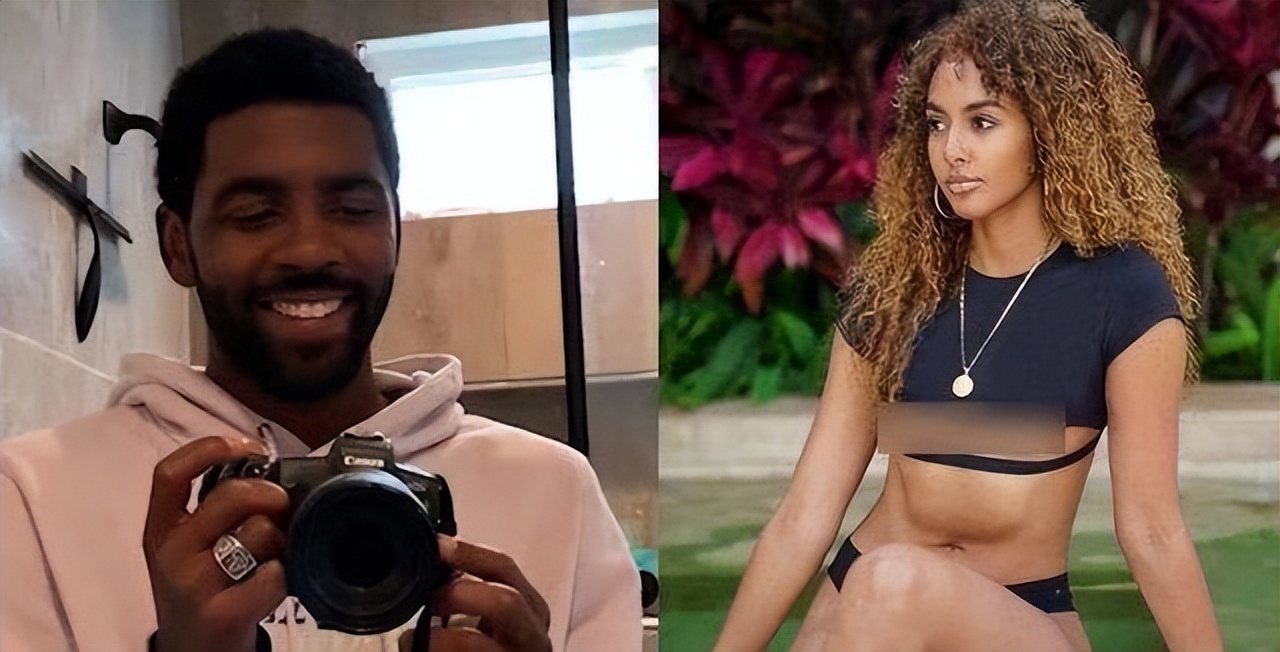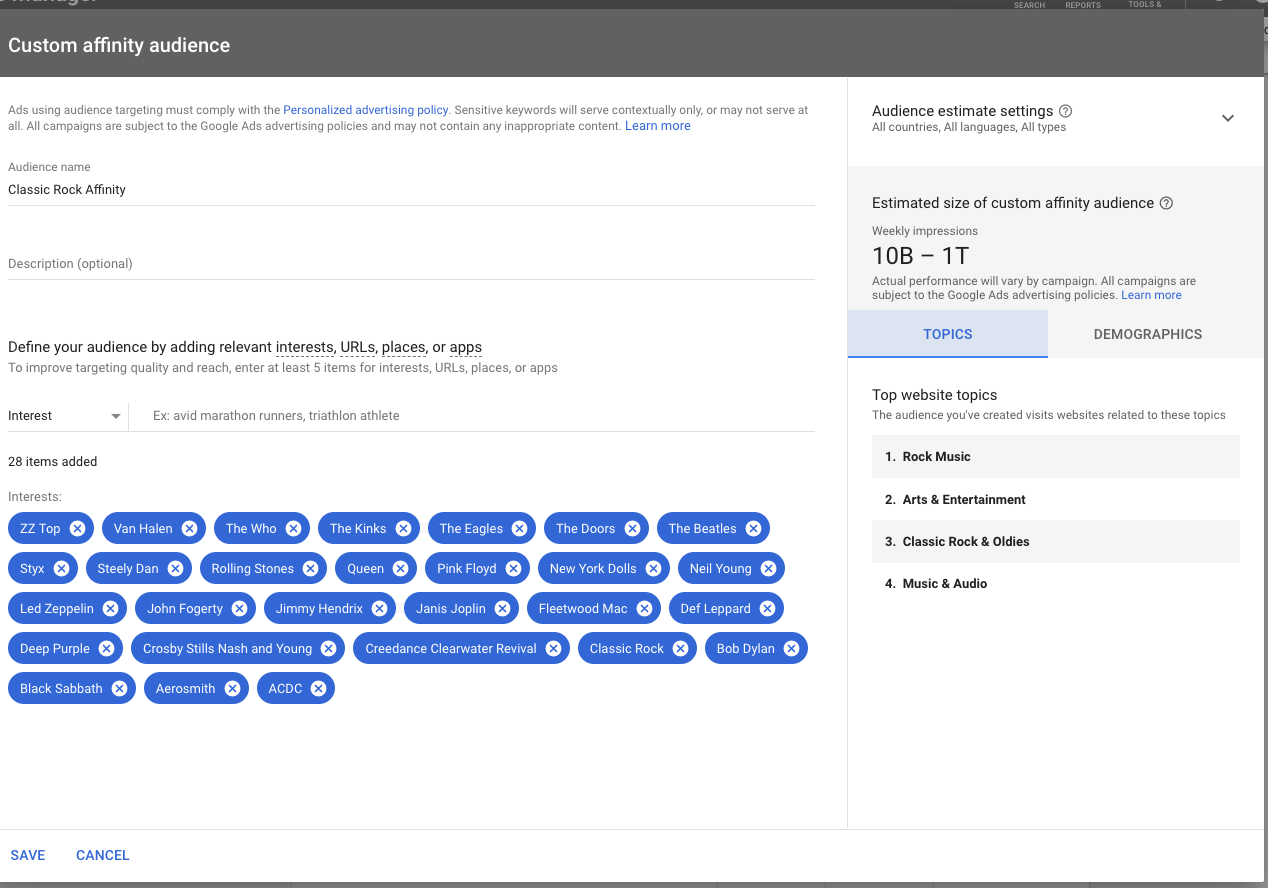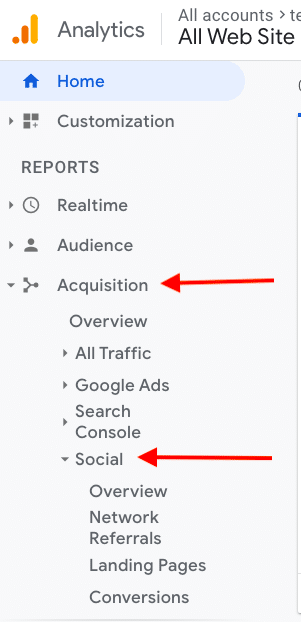
Personal branding can be a powerful tool on social media. But, social media was not designed to allow you to broadcast sales messages. You should interact with others, offer your advice, and respond negatively to comments. This type of networking will demonstrate to potential customers that they are people and care about what they need.
Social media: Creating your personal brand
You can establish a personal brand through social media. This is a great method to establish trust and establish your presence. Social media gives you the ability to reach a wider audience and manage the narrative. This can help you attract opportunities and partnerships. You must be consistent when creating your personal brand on social networks. It doesn't really matter if you're creating a blog for yourself or a business account. What matters is that you maintain the same voice across all accounts.
Being authentic and real is what makes a personal brand stand out on social media. Engaging with your audience on social media means responding to their comments and posting. To keep your audience interested, you might also consider hosting giveaways or contests. Creating collaborations with other personal brands is also a great way to expand your reach and improve the quality of your content.

Pinterest: Create your own brand
It is important to establish a personal brand on Pinterest for many reasons. You must ensure that your content contains the most relevant keywords. You can start by brainstorming keywords to describe your brand, and then make a list. Secondly, you need to ensure that your personal information is up-to-date. If you have outdated information, it will hurt your brand.
When it comes to the visual side of Pinterest, it can be helpful to select two or three professional boards, with the most relevant aspects of your field as your boards' topics. Also, you should write a description of your content using keywords or phrases relevant to your industry. Your boards can be public or private. The privacy of your boards can hinder their visibility, and it can also be counterproductive for building a personal brand.
Create your own brand on Instagram
It is crucial to consider what your target audience is looking for when creating an Instagram account. This is particularly important if you are targeting a niche market. You can attract your audience by building a strong personal brand. People will stick loyal to brands they are familiar with and with whom they feel comfortable. This will also allow you to grow your Instagram influence.
Once you've identified your target audience, research other users in your niche and identify content themes and hashtag trends. You should identify keywords that best describe your personal brand or professional brand. Once you have identified key terms, search Instagram to find them.

Create your personal brand on Facebook
A personal brand on Facebook takes planning. It is crucial to have a strategy in place and to create engaging content. It is important to know who your target audience is in order to make sure that your posts reach them. Ensure that you have an appropriate mix of text and images. It is also recommended to join niche groups.
If you want to build a personal Facebook brand, you need to ensure you have an audience who is genuine interested in you. You might want to create multiple social media personas, so that you can find out more about what kind of content they prefer. Co-workers may be interested as well.
FAQ
How long can I expect my content-marketing campaign to last?
This can vary depending on the industry or type of product or services offered.
You might spend one to three months designing a new pair of shoes if you are selling shoes. This could be an example: You launch a new product in August. Then, you continue to improve it throughout the year.
If you're selling clothing, you might design one look for fall and another for spring. Keep your audience interested in new products and keep them coming back for more.
Your goals will dictate how long your content marketing strategy lasts. You may only need one channel for small businesses. For larger companies, you may need to consider multiple channels to reach a broad target audience.
Where should I start when it comes to Content Marketing?
Start by identifying the audience. Who are they? Which are their needs How can you assist them? Knowing who you are writing for will help you decide where to put your efforts.
Do content marketing agencies provide the best services?
Most content marketing agencies have extensive expertise in creating content strategies that work for their clients.
The knowledge they have can help you save time and money by creating a tailored plan that suits your needs.
Don't assume every agency can provide the skills that you require. There are some companies that specialize in a specific niche, like eCommerce. Others focus on specific industries such as law firms.
Ask them where they specialize and find the agency that suits you best.
What is a Content Strategist?
Content strategists help brands tell stories through engaging messages that are emotionally connected to their audience. They are storytellers who help brands tell brand stories that motivate people to act.
Content strategists understand how to engage potential and current customers. They combine storytelling and data analytics to create experiences that encourage customers to visit stores and buy products.
They also understand how to integrate social media platforms into these campaigns. And they use technology tools such as video and virtual reality to deliver powerful customer experiences.
A content strategist is responsible for translating these ideas into concrete plans that marketers can implement. This includes creating content for print and television, developing creative briefs, managing budgets, and creating content.
Statistics
- Progress indicators (0–100%) allow each team member to see how attainable each goal is and understand what remains to be accomplished. (semrush.com)
- This marketing strategy landed Ford a 15.4% conversion rate. (neilpatel.com)
- An example of an overarching goal could be: "In 2022, we want to achieve a 20% increase in revenue created by organic content and generate 15,000 MQLs with a budget of $30,000." (semrush.com)
- According to research compiled by Coschedule: Companies that publish 16+ blog posts a month get as much as 3.5x as much traffic as those that publish 0-4 posts a month. (criteo.com)
- In fact, would pay more for a better customer experience, and 86% of B2B buyers would pay more. (neilpatel.com)
- Measure your goals with a progress indicator of 0-100%. Make your goals collaborative and transparent (semrush.com)
- According to the Content Marketing Institute, 70% of B2B marketers and 86% of B2C marketers surveyed use content marketing in some form or other. (criteo.com)
- Out of the 1,500 marketers we surveyed for our State of Content Marketing report, 78% who felt their content marketing strategy was exceptionally effective in 2021 had documented their strategy. (semrush.com)
External Links
How To
Informationgraphic creation tips for content marketing
Infographics are one of the most effective ways to explain complex concepts simply, making information easy to understand. Content marketing aims to provide useful and valuable information to your target audience, so you should consider using infographics to help spread this message.
For creating an infographic you'll need software such as Adobe Illustrator and Photoshop. These programs are great for creating infographics. Once your design has been created, you can start uploading images from Unsplash/Pixabay to incorporate into it.
Online infographics can be a great source of inspiration. You could use a photo of a food pyramid to show the calories in particular foods. Then, replace those numbers with photos of the foods. You could also look at the sugar content of soda pop, and then take a photo of a Coke bottle.
Once you have created your infographic it is possible to share it via social media channels like Facebook, Twitter and Google+. This allows people to learn more about the concept, even if they aren't familiar. Include hashtags if you plan to share your infographic via social media platforms. This will allow others to see what you're talking. You can use hashtags to allow others to follow your conversations about specific topics.
Try to make your infographic posts shorter than you normally would if you create one. An average blog post is between 2000 and 5000 words, while an infographic takes 500 to 1000 words. This allows you to convey more information in a smaller space.
Remember that not all viewers can read small font sizes when designing an infographic. Use large fonts, but don't overuse color in your infographics. It is important that all text is legible.
These are additional tips:
-
Use an infographic template. You can find many templates online or in printed formats. Canva and Piktochart are some of the most popular.
-
Make your Infographic. Create your infographic using the template. You can use any kind of media that you feel is appropriate for your audience. An example of this is a infographic that shows the best restaurants in Seattle.
-
Add Text. Once you've created your infographic, add text using Microsoft Word, PowerPoint, or Canva.
-
Add images. Images can be added to your infographic. You can add images to your infographic. If you wish to include a picture, ensure it is relevant.
-
Make It Interactive. You can add interactive elements, such as maps, buttons, and links. This will help engage your audience.
-
Share. Share your infographic after you're done.
-
Measure. What was the performance of your infographic? Did people click on your website? Did they sign up for your email list? Was your infographic received well by them?
-
Improve. Do you have any suggestions for improving your infographics? Could you do better next time?
-
Repeat. Repeat.